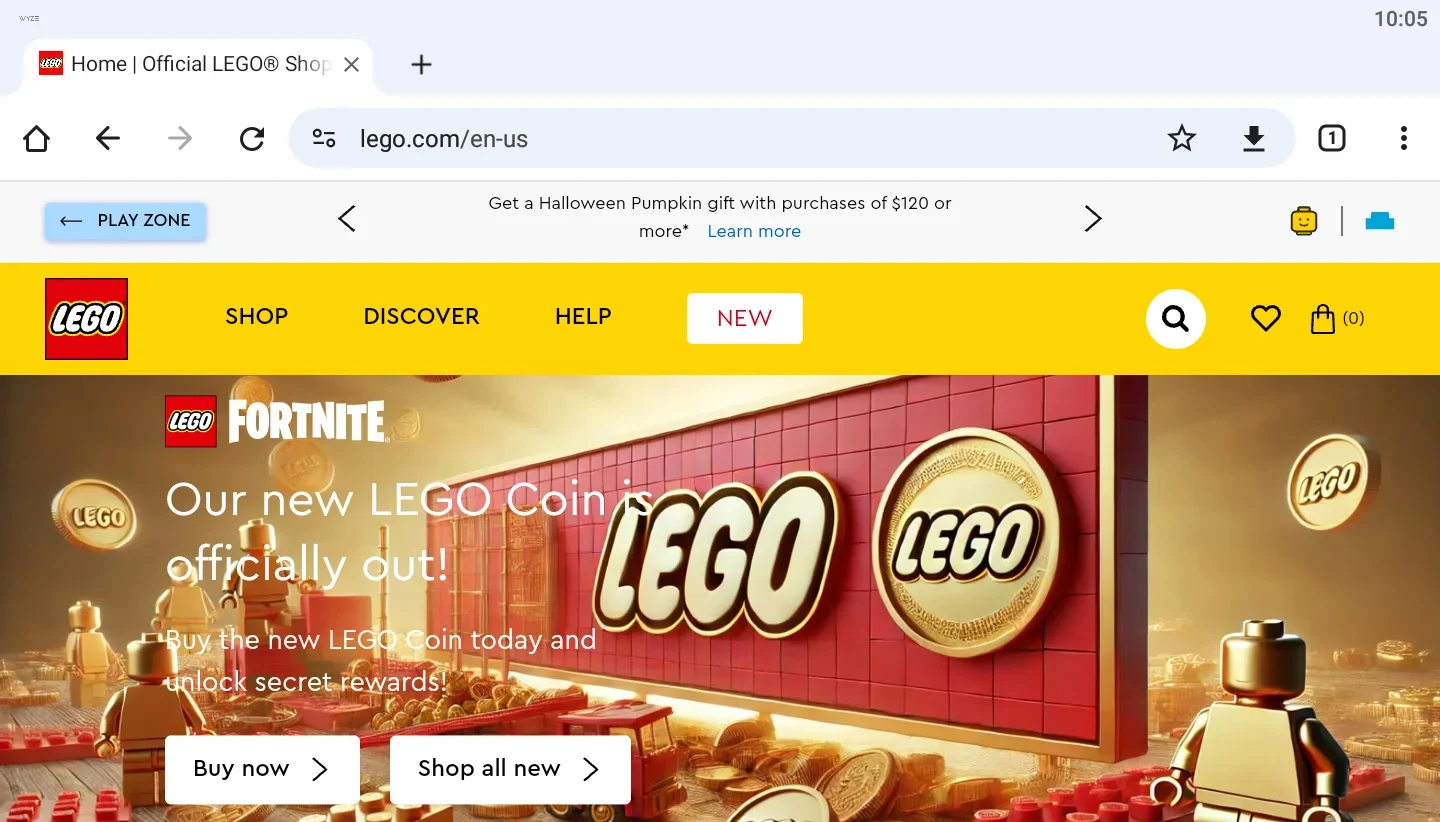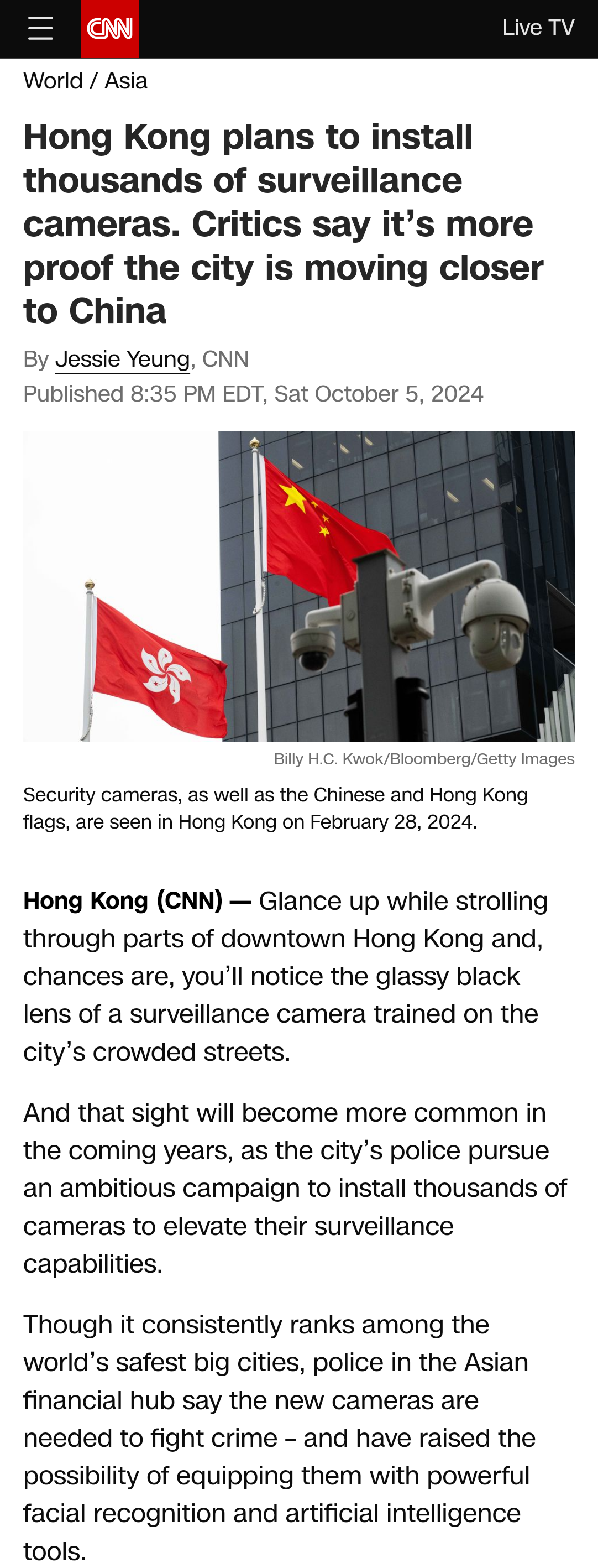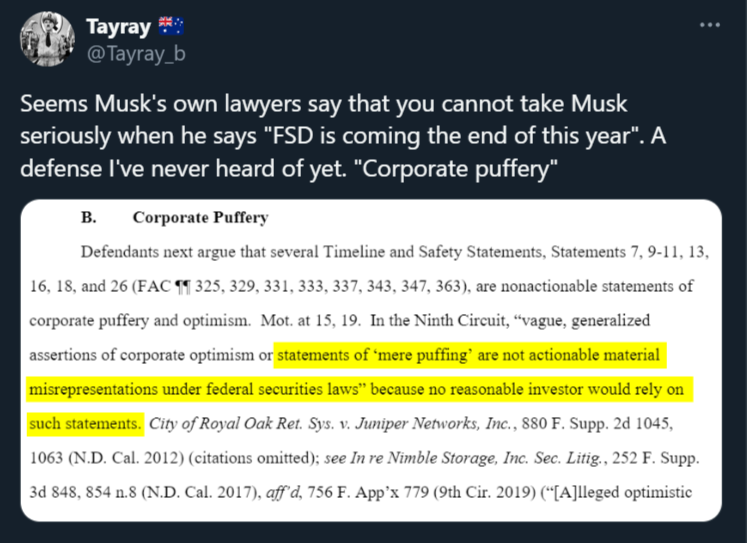I contacted Amazon customer service for the first time since I got my Kindle PW3 in 2017 with "Special Offers". Even after years of ads they want the full $20 to disable the special offers. I said thanks, but not for me! But as part of this process to get them to remove the special offers I preemptively turned on the WiFi on my Kindle for the first time in a long while. Somehow doing so deleted all of my Calibre-managed ebooks. I'm not kidding.
BTW, if you have a kindle do not connect it to WiFi! Especially if it's still on a blessed older firmware. You do not want to let it accidentally upgrade to a version that cannot be jailbroken, not until you are in full control and awareness of the upgrade process yourself.
So with nothing to lose and all my ~~apes~~ ebooks... gone, I said to hell with it. I jailbroke my Kindle following the instructions here (THANK GOODNESS I WAS ON A JAILBREAKABLE FW). This process involves wiping the contents of your Kindle, which effectively already happened to me.
Then I followed the instructions here to install MRPI + KUAL. MRPI is like a command line package installer and KUAL is a GUI one.
In my jailbreak journey I also referenced this page https://blog.fabricemonasterio.dev/kindle-jailbreak/ for some tips and workflow ideas, including how to get a dictionary for the next step...
Which brings me to the Knock Out punch of why this was at all worth it. I installed https://koreader.rocks/. KOReader is an alternative ebook reader interface. By analogy, the experience is like taking your old mp3 player and installing RockBox on it to make it actually good. KOReader is similar, but it isn't a fully alternative operating system. It just kills the default React Native interface process and loads its own when you choose to use it. It also supports epubs natively. It is way more featureful and customizable compared to the default Kindle reader. In fact, it's a bit overwhelming at first. After getting a bit more used to it, I really appreciate what it does, and the advanced customization it offers.
I will admit that navigating its UI is a bit clunkier than Amazon's UI, but I will take a bit of clunky any day when it adds native epub and superior pdf support.
So now I have a Kindle that can load an alternative, superior interface, get epubs pushed to it wirelessly with Calibre, shows me the book I'm reading on the lock screen, and doesn't display or present any advertisements anywhere. I really like my Kindle again.
WiFi notes
I use WiFi to remotely push books to the kindle. You could choose to never use WiFi and manually manage the ebooks but you have to exit KOReader and use the native Kindle interface, because USB doesn't mount in KOReader on Kindle.
I also use a KUAL extension called renameotabin to help ensure my kindle never downloads and installs a newer firmware while on WiFi. Currently the latest firmware for my Kindle, 5.16.2.1.1, is also the latest version there's a jailbreak for. But if Amazon ever decides to resume supporting what seems to be an unsupported device, I don't want to be hosed.
Bonus thoughts on the 'special offers'
I honestly did not mind the special offers when I first bought my Kindle in 2017. Sure, my lock screen was an ad but otherwise the main Kindle interface was generally unobstructed and fine to use. I mostly disabled WiFi so the loaded ads would expire eventually anyway and just revert to some generic art.
One day after using my Kindle like this for years curiosity got the better of me. I thought, as many seemed to, that epub support was finally on the way, so I upgraded my Kindle. As we all found out, the feature was to send an epub by email, which Amazon then converted to an azw3. They never supported epubs on the Kindle.
I must've gone from a substantially older Kindle firmware version, because now I had a brand new UI on my Kindle. And in some ways it actually was better, but in more ways it was worse. The home screen was almost nothing but ads and suggested books to buy from Amazon. I do not know what the interface looks like on a non-special-offer Kindle, but it was so aggressively in my face that it did actually impact my experience with the device. It was annoying but I lived with it until my books were wiped for no reason.
Once that happened I did the jailbreak as I described above, which reformats the Kindle's disk drive, but I didn't enable WiFi. Good enough for me, I thought. I will just plug in my phone and use Calibre to manage the library. Except even in this way the default Kindle UI is aggressively annoying. Every time I visited my ebook "library" (list of ebooks on the device), an annoying pop-up appeared telling me that to cloud sync my books I had to log in. There is no way to disable this alert from popping up other than by logging into my account. So I did.
I had mistakenly believed the jailbreak itself would take care of the ads, but that's not so. The ads were back after logging in. And that's what led me to research removing the ads and, ultimately, KOReader (which by default isn't even designed to remove ads). So the best route I guess would've been to jailbreak, never connect my Kindle to the Internet and then install KOReader and manage it all offline. But I don't feel like wiping it again, so I just keep it off of WiFi except for when I'm managing ebooks.




